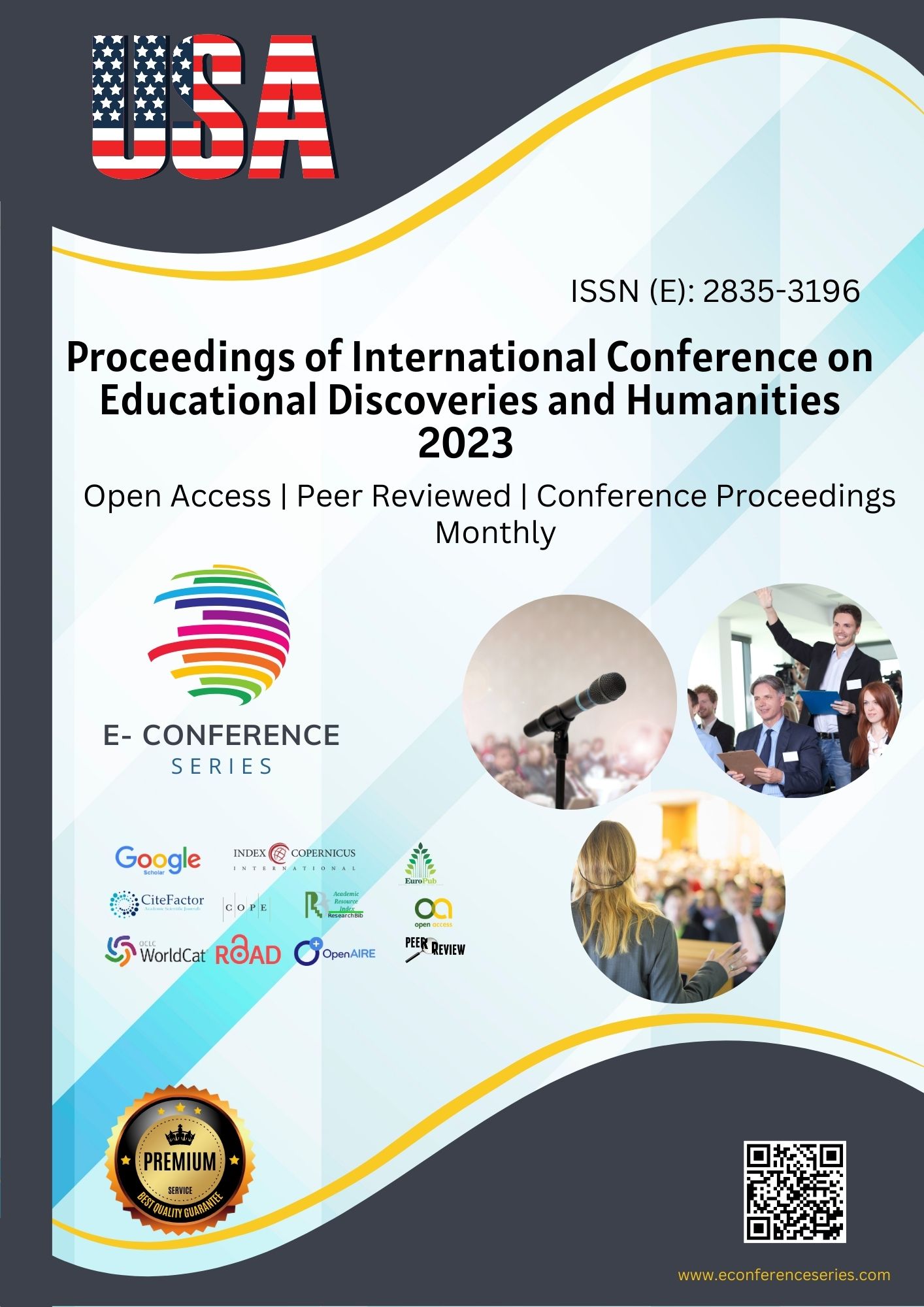TEACHER OF ENGLISH LANGUAGE AT EDUCATIONAL CENTER AND SECONDARY SCHOOL NO.56 OF CHUST DISTRICT
Keywords:
Student-centered instruction, secondary education, active learning, personalized learning, collaboration, inquiry-based learning.Abstract
Student-centered instruction has become a crucial approach in secondary education, emphasizing the distinct needs, interests, and learning styles of students. This article examines the foundational principles of student-centered learning, its advantages, effective strategies for implementation, and the challenges educators may encounter. By nurturing an engaging and collaborative atmosphere, student-centered instruction not only boosts academic performance but also develops essential life skills in students.
References
Bransford, J. D., Brown, A. L., & Cocking, R. R. (2000). *How People Learn: Brain, Mind, Experience, and School*. National Academies Press.
Weimer, M. (2013). *Learner-Centered Teaching: Five Key Changes to Practice*. Jossey-Bass.
Dewey, J. (1938). *Experience and Education*. Kappa Delta Pi.
O’Neill, G., & McMahon, T. (2018). Student-Centered Learning: What Does It Mean for Students and Teachers? In *Enhancing Learning Through Technology* (pp. 15-30). Routledge.
Downloads
Published
Issue
Section
License

This work is licensed under a Creative Commons Attribution-NonCommercial 4.0 International License.








